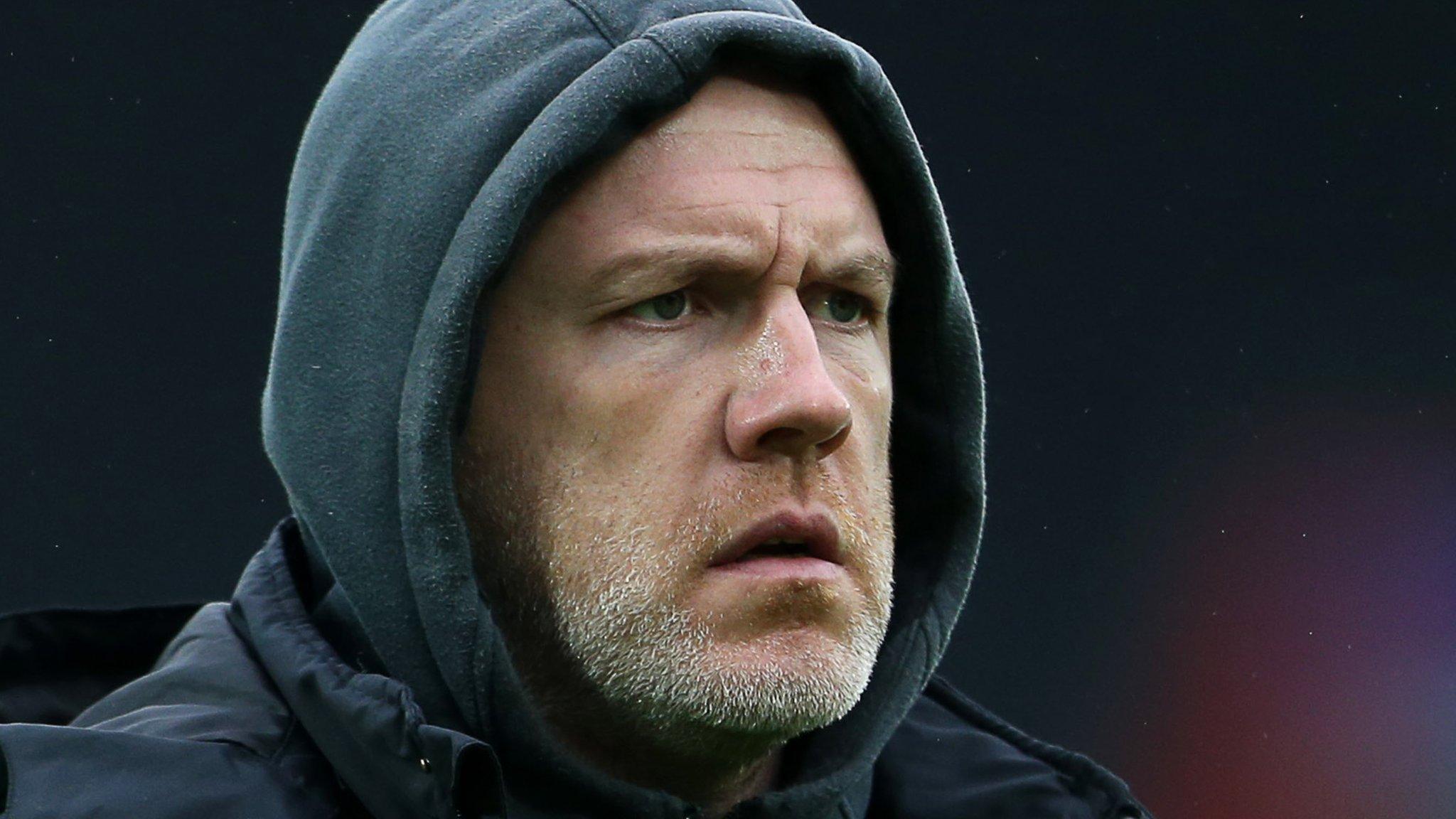Gwyn Jones: A rough period may follow in transition to high tackle laws
- Published
Pro12: Were these yellow cards right or wrong?
Former Wales captain Dr Gwyn Jones says there could be a rough period while players transition to new rules to stop high tackles.
The new laws state players can be punished for making contact with an opponent's head even if the tackle starts below the shoulders.
World Rugby said, external the laws aimed to "ensure the head is a no-go area".
"People should be allowed to go to work without being expected to be hit in the head," Jones told BBC Radio Wales.
"The game is hard enough as it is. We can't allow the laws to allow players to hit high accidentally and for people to say 'oh, that's just rugby'. It's not.
"I think it's going to be rough for a while but I think in time people will change their behaviour because the sanctions are so harsh, if you don't tackle low you're going to be really seriously penalised."
A controversial first weekend
Pro12 highlights: Scarlets 16-13 Ulster
The laws, which came into effect on 3 January, state that players can receive at least a yellow card for a high tackle that makes contact with the head of an opponent while a penalty will be awarded if head contact is accidental.
Ospreys head coach Steve Tandy said the new laws were making referees' lives difficult. after fly-half Sam Davies was sin-binned in their Pro12 win against Connacht on Saturday.
Meanwhile, Scarlets controversially beat Ulster when Sean Reidy was yellow carded for a high tackle at the try-line on Aled Davies and referee Marius Mitrea awarded the Welsh side a penalty try and just two minutes later, Scarlets second row Jake Ball was also sent to the sin bin for a high tackle.
In the English Premiership, Saracens prop Richard Barrington and centre Brad Barritt were cited after their part in a dangerous tackle that knocked out Exeter lock Geoff Parling in their 13-13 draw on Saturday.
Barrington was sent off for the tackle under the new interpretation of the laws.
'A cultural change'

Ospreys' Sam Davies leaves the field after his yellow card for a high tackle on Connacht's John Cooney
Jones believes that there has been a shift in the way that players tackle in the last 20 years, along with the introduction of professionalism into the sport.
"It comes down to a cultural change in the game. Since professionalism and the influence of rugby league coaches and the way offload and contact area has dominated rugby now, the tackle has risen in terms of its height," Jones continued.
"Perhaps the influence of the southern hemisphere and the Polynesian countries tend to tackle a bit higher in the past. Everyone's doing it now.
"There's an inherent danger in doing that. If you get it wrong by 10 centimetres then instead of getting them in the chest you can hit them in the head or face. That's got to stop."
- Published9 January 2017

- Published7 January 2017

- Published14 December 2016
